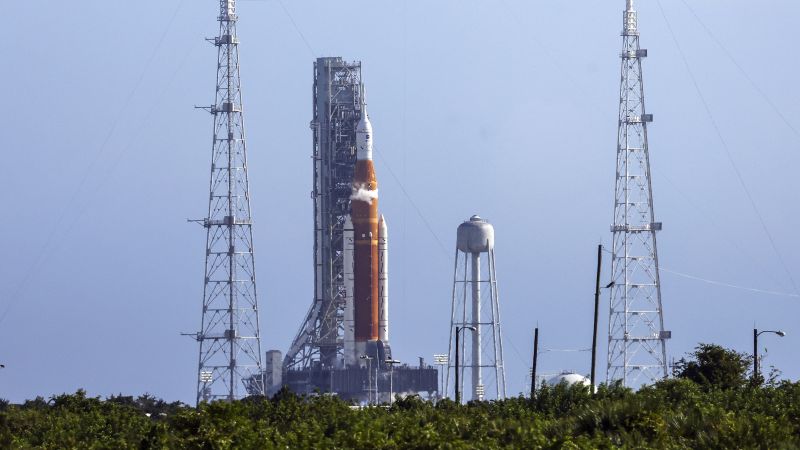Just curious, how come we could do this in 1969 with ancient technology but not in 2022 after $93 billion
I am tempted to say "Lack of practice." But, other rockets have used liquid hydrogen in the intervening 50 years. So, that should not be the answer.
Actually, holds to fix problems are not so unusual - it is the attention on the preparations that is unusual for this particular launch. Usually, we just hear about a launch on the news after it happens, and the public never hears about the holds and usually nothing about the scrubs, either.
Part of the problem this time may be the political pressure to get the bird off the ground. They never did get all the way through a "wet rehearsal", which is what should have showed them the problem with the temperature sensor. And, this leak seems to be repeating itself. If they had found these equipment problems in a wet rehearsal, then rolled it back to the Assembly Building and repaired them, this would probably have gone smoother.
But, actually, nothing is lost compared to having tried to go for a launch, instead of doing another try at a completed wet rehearsal without launching right after it went perfectly.



